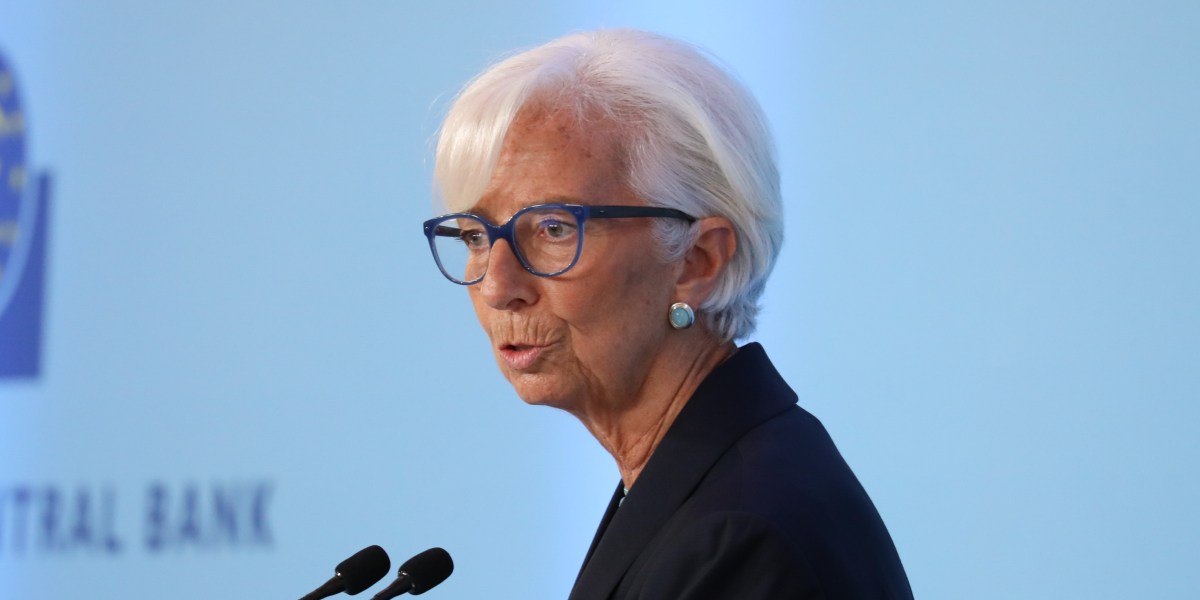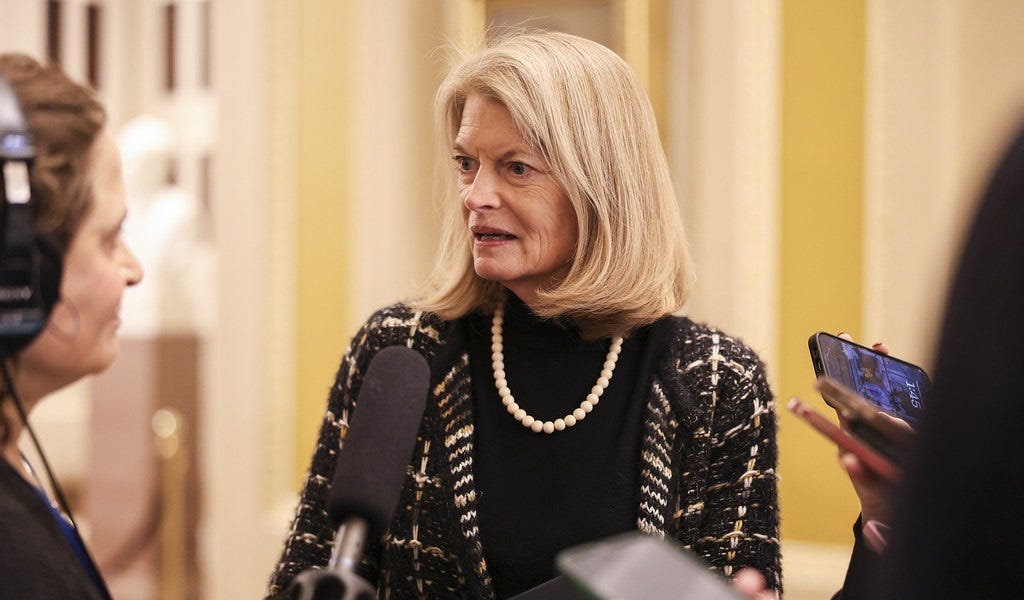Single fathers raising children full-time often find themselves in an uncomfortable position: overlooked by the systems designed to support parents. While public narratives and policy discussions around single parenting often center on mothers, the over 3 million custodial fathers in the U.S. face a set of challenges that are frequently misunderstood, underreported, and under-resourced.
One of the most urgent issues? Formal child support agreements or the lack thereof.
According to a recent nationwide review of family demographics, nearly two-thirds of all custodial fathers don’t have a formal child support agreement in place. That’s over 2 million men who may be covering the financial costs of parenting alone, without the legal backing that helps enforce consistency and fairness.
Who Are America’s Custodial Fathers?
Data from recent government surveys paints a diverse portrait of America’s custodial fathers and highlights just how much variation there is in terms of support access.
The majority of these fathers are aged 40 or older, a demographic that makes up over 60% of custodial dads with formal child support arrangements. Education also plays a role: those with some college but no degree are the most likely to have an agreement in place, followed by high school graduates.
Interestingly, custodial fathers who are divorced are seven times more likely to have a child support agreement than those who are separated. This suggests that legal finality often triggers formal arrangements while more fluid or complicated family dynamics leave support ambiguous or absent.
Race is also a significant factor. While White, non-Hispanic fathers represent the majority of custodial dads with support agreements (57.2%), Black custodial fathers make up only 14.4% despite accounting for nearly 22% of custodial fathers without agreements. This gap signals potential barriers rooted in socioeconomic conditions, systemic access issues, or legal representation disparities.
What Happens Without a Formal Agreement?
Without a legal agreement in place, many custodial fathers are left navigating murky, informal arrangements that may be inconsistent or nonexistent. This leaves them vulnerable especially when the costs of food, housing, education, and healthcare continue to rise.
Even among those who do have formal child support agreements, the situation isn’t always ideal. Many of these fathers are still under financial strain and dependent on limited public aid. In fact, 58.1% of custodial dads with support agreements rely on at least one public assistance program most commonly reduced-price or free school lunches for their children.
But only a small fraction is taking advantage of other programs they may qualify for. Less than 6% utilize housing assistance, WIC programs, or energy subsidies benefits that could dramatically relieve financial pressure if more widely promoted and accessible.
The Role of Employment and Education
It’s worth noting that over 73% of custodial fathers with child support agreements work full-time a higher rate than those without agreements. This statistic challenges stereotypes that custodial fathers are less engaged or less responsible and instead suggests they are balancing parenting and employment with minimal external support.
Furthermore, fathers with three or more children are twice as likely to have a formal support arrangement than those with fewer children likely due to the increased visibility of financial need in larger households.
Breaking the Cycle Through Legal Advocacy
It’s clear from the data: support gaps for custodial fathers are not due to lack of effort or engagement, but systemic shortcomings in outreach, education, and access to legal help. Many fathers simply aren’t aware of what’s available to them, or don’t know how to initiate or enforce a child support order.
Legal professionals, such as those at Dellino Family Law, have highlighted this gap as a major area for reform. With over two million fathers raising children without the backing of a formal support system, addressing this issue is not just a legal concern it’s a social imperative.
What Needs to Change?
The numbers point to a few core solutions:
- Improved public outreach: Many fathers are unaware of programs like WIC, housing assistance, or energy aid.
- Legal accessibility: Easier pathways to formalizing child support agreements could close the gap for separated (but not divorced) fathers.
- Culturally competent services: Targeted outreach to Black and Hispanic communities is crucial, given the disparities in formal agreement rates.
- Education-to-support pipeline: Fathers with lower levels of education are less likely to have support in place. Community programs focused on awareness and empowerment can help bridge the divide.
In a time when family structures are evolving and fatherhood roles are shifting, ensuring that custodial fathers have the support they need isn’t just fair it’s essential for the well-being of millions of children. Society must update its assumptions, and policymakers must update their systems, or this overlooked group will continue to fall through the cracks.







![[UPDATE: Trump wants vote TONIGHT] – Big Beautiful Bill has the votes to proceed in the House, but they still don’t have the votes to pass it… [UPDATE: Trump wants vote TONIGHT] – Big Beautiful Bill has the votes to proceed in the House, but they still don’t have the votes to pass it…](https://therightscoop.com/wp-content/uploads/2024/11/speakerjohnson-1-620x300.jpg)



























































